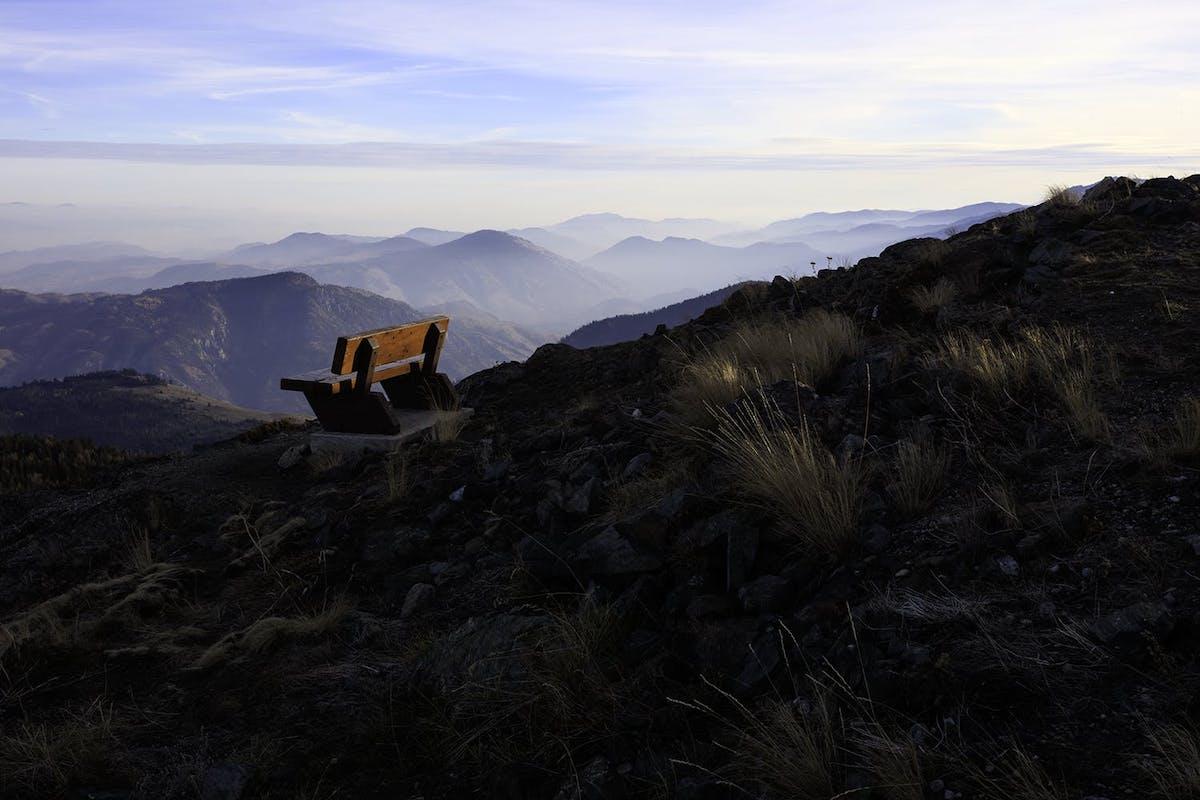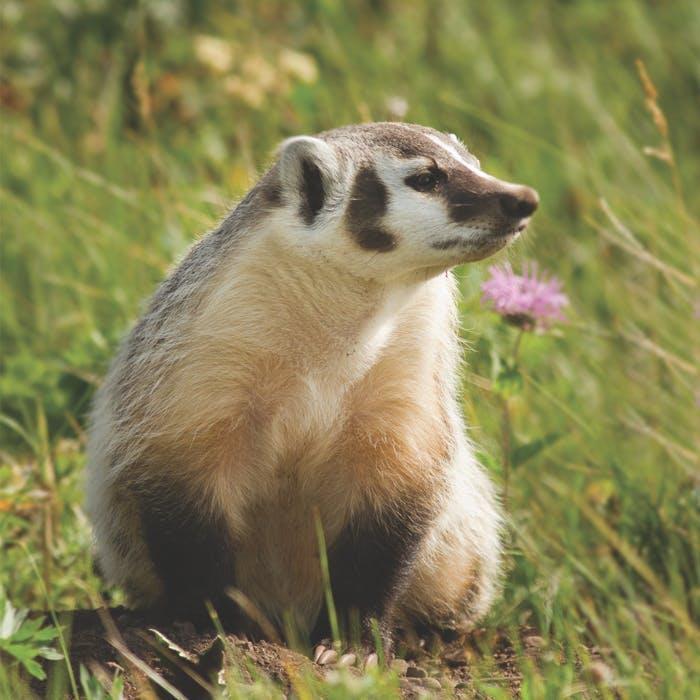
The sun sets on Mount Kobau in an area proposed for a national park reserve in British Columbia/Parks Canada
Parks Canada says there won’t be any expropriation of private land for the proposed South Okanagan-Similkameen National Park Reserve in British Columbia, and that “any acquisition of private property will occur on a willing seller-willing buyer basis.”
During a recent virtual meeting with regional and municipal representatives, Parks Canada also reiterated that public lands within the working boundary of the proposed national park reserve remain under the jurisdiction of the province of British Columbia.
“Parks Canada continues to meet on a regular basis with the Government of BC and the syilx/Okanagan Nation, as represented by the Osoyoos Indian Band and the Lower Similkameen Indian Band, to advance negotiations on the proposed national park reserve, using virtual technology,” the agency said in a news release. “However, delays in the establishment process have occurred as a result of the COVID-19 pandemic and the inability of the parties to meet face to face in negotiations.”
The meeting with people from the Regional District of Okanagan-Similkameen and local municipal representatives addressed progress in negotiating an establishment agreement and discussed questions from local residents. Numerous questions about operational issues came up. Parks Canada pledged to explore the unique issues specific to this area “through an extensive park management planning process” with local government and the public after the national park reserve is established.
The word “reserve” at the end of a national park name signifies there is an active land claim in that area between the federal government and the Indigenous community. That claim often involves defining Indigenous harvesting rights and might result in removing a portion of the land.

A map shows the proposed boundaries of South Okanagan-Similkameen National Park Reserve/Parks Canada
Once this proposed national park reserve is established, Crown land — including provincial protected areas within the boundary — would be transferred to the Government of Canada. Expropriation as a means to establish or enlarge national parks and national park reserves is prohibited by Parliament under the Canada National Parks Act.
Residents won’t have to pay a fee to access their property or to receive guests. Public highways won’t become toll roads.
Parks Canada describes the South Okanagan-Similkameen region as “an ecological treasure” with a rare ecosystem that runs from rolling green hills to semi-arid desert where the Great Basin Desert meets the Interior Dry Plateau natural region.
It’s home to more than 30 federally listed species at risk as well as more than 60 provincially listed species, including American badgers, flammulated owls, yellow-breasted chats, desert night snakes and western rattlesnakes. It offers tourism and recreation opportunities like hiking, camping, mountain biking, camping and bird watching.

American badgers are one of the species at risk that's found in this part of southern British Columbia/Parks Canada
Parks Canada says its “places offer the highest level of protection for nature based on international standards” and it works closely with Indigenous partners and local communities.
The syilx/Okanagan Nation have been stewards of the land for thousands of years. On July 2, 2019 it signed a Memorandum of Understanding with the governments of Canada and British Columbia to formally work towards establishing a national park reserve. It released a map of the proposed working boundary that contains 273 square kilometres (105 square miles) of natural and cultural landscapes.
The area is one of 39 regions identified by Parks Canada’s national parks system plan as a “distinctive component of the national landscape” and it’s not yet represented by a park. It boasts more than 200 species of birds, 14 species of bats, 200 species of grasses and 700 species of wildflowers.

 Support Essential Coverage of Essential Places
Support Essential Coverage of Essential Places




Add comment